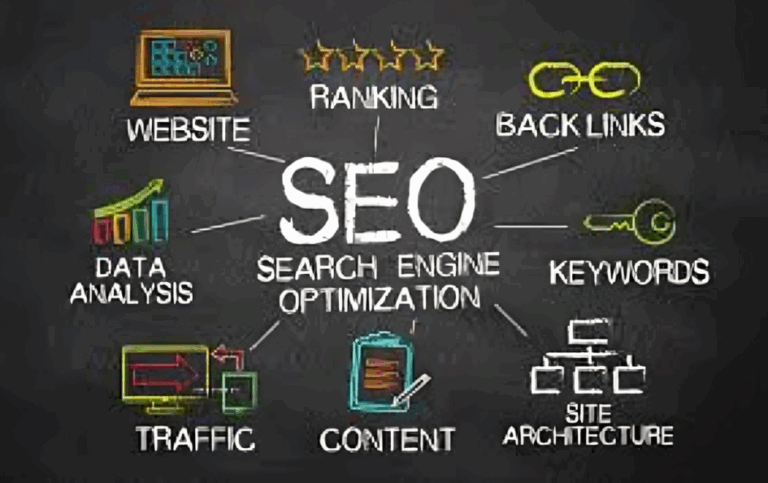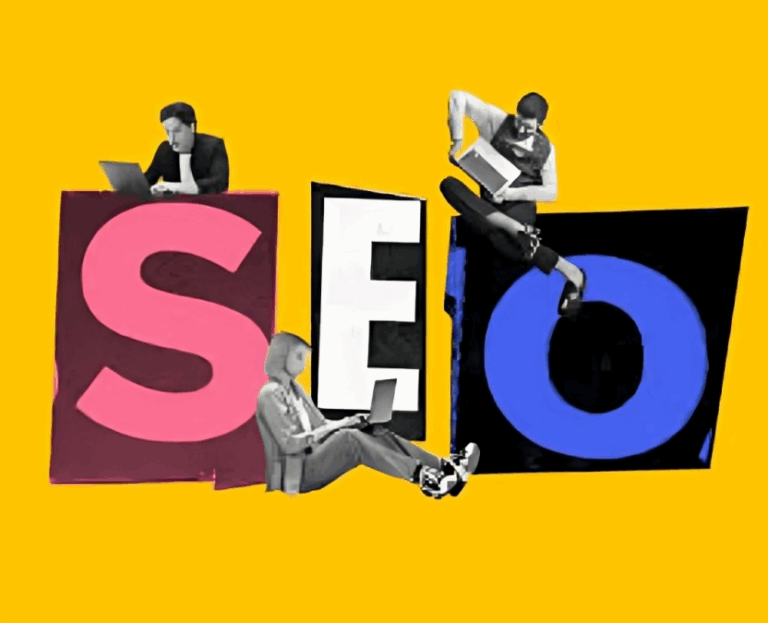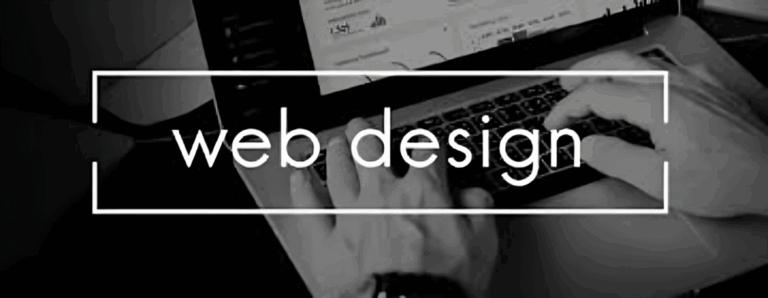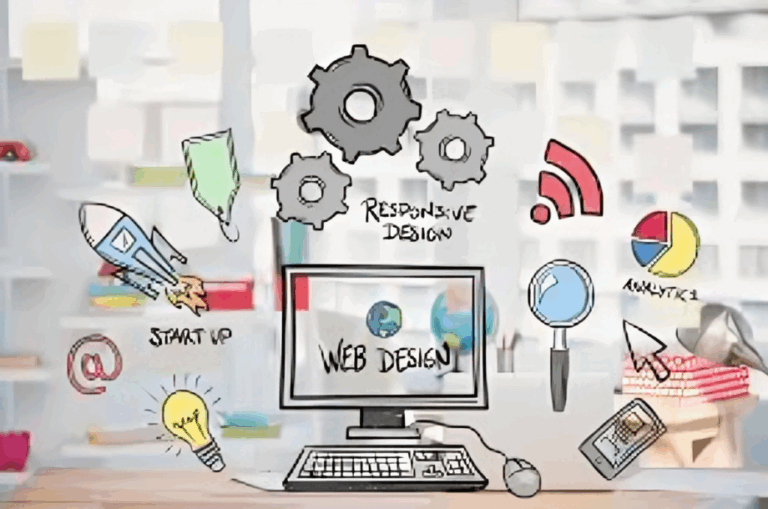In the digital age, your website is more than just an online brochure—it’s your brand’s front door. Whether a user finds us through search, social media, or a direct link, our website is often their first impression of who we are. That’s why web design is not just about aesthetics—it’s a powerful tool for building trust, credibility, and brand authority.
Here’s how smart web design builds confidence with our audience and supports our business goals from the very first click.
1. First Impressions Last
Studies show that users form an opinion about a website in under 1 second. A modern, professional design immediately communicates trustworthiness. On the other hand, outdated or cluttered designs can make users question the quality of the brand behind the screen.
When our design feels intuitive, polished, and purposeful, we’re saying: “You can trust us.”
2. Consistent Branding Builds Recognition
Strong web design ensures that our brand identity is consistent across every page—logos, colors, typography, and messaging. Consistency builds recognition, and recognition builds trust.
When a user sees the same branding across our website, emails, social media, and even products, it reinforces that we’re a professional, credible, and cohesive organization.
3. Clarity and Simplicity Reduce Friction
Trust isn’t just about appearance—it’s about how easy it is to get things done. Clean layouts, intuitive navigation, and well-organized information help users find what they need without frustration.
If people can’t find what they’re looking for quickly, they’re more likely to leave—and less likely to come back. A well-designed site guides users effortlessly from page to page, improving both user experience and conversion rates.
4. Trust Signals Matter
Good web design incorporates visual trust signals in strategic places. These include customer testimonials, certifications, client logos, case studies, and clear privacy or security policies.
When users see these signals presented in a professional and well-placed manner, it reassures them that our brand is reputable and safe to do business with.
5. Mobile and Accessibility = Modern Trust
Modern users expect a seamless experience on any device. If our site doesn’t function well on mobile, or if users with disabilities can’t navigate it easily, we risk losing their trust—and their business.
Inclusive, responsive design isn’t just the right thing to do—it’s what today’s customers expect from brands that claim to care.
Final Thoughts
Web design is one of the most powerful tools we have to build trust online. Every pixel, layout decision, and content placement sends a message. Are we professional? Are we thoughtful? Are we reliable?
When we prioritize design that’s not just beautiful but also user-centered, consistent, and accessible, we don’t just impress visitors—we invite them to stay, engage, and believe in what we do.
Let’s keep making our website a place that reflects our best work—and earns the trust of everyone who visits.






